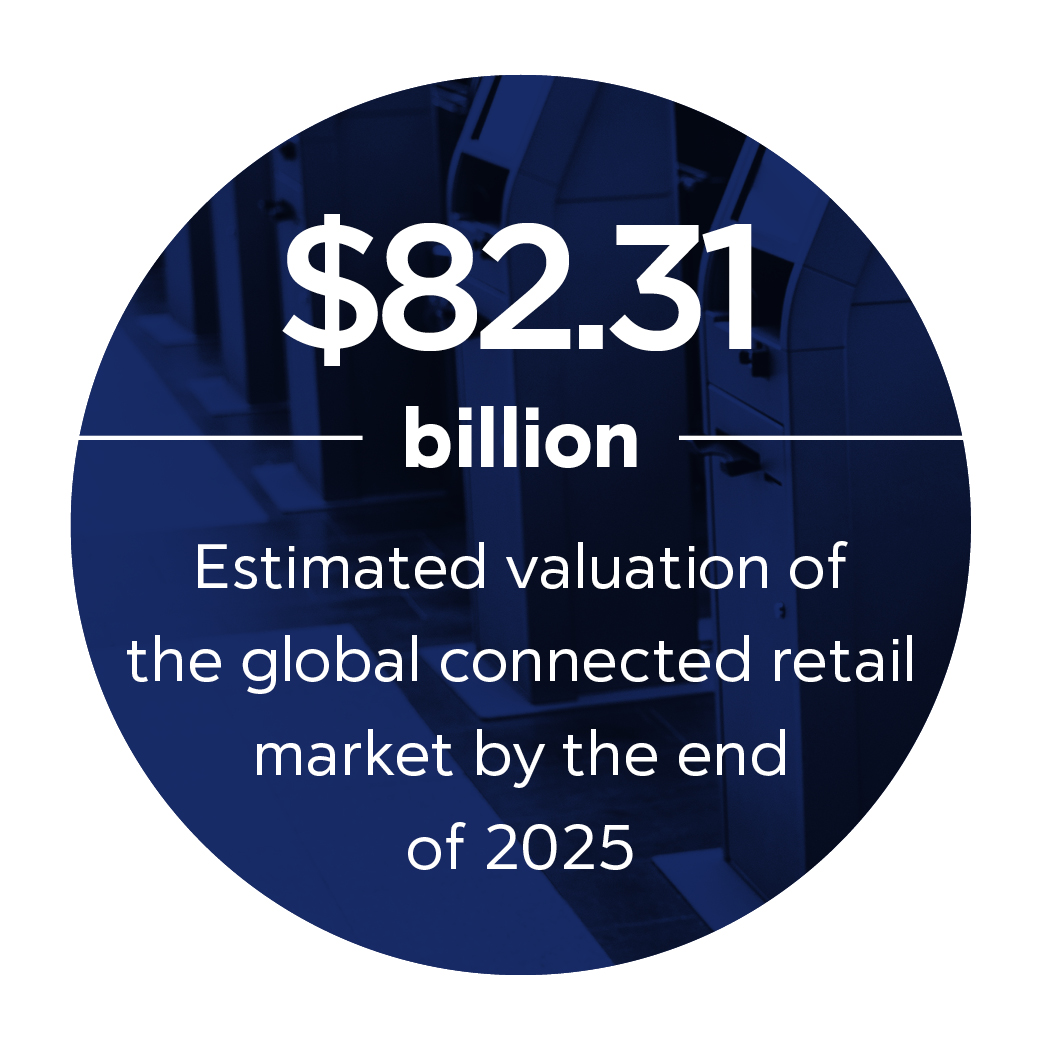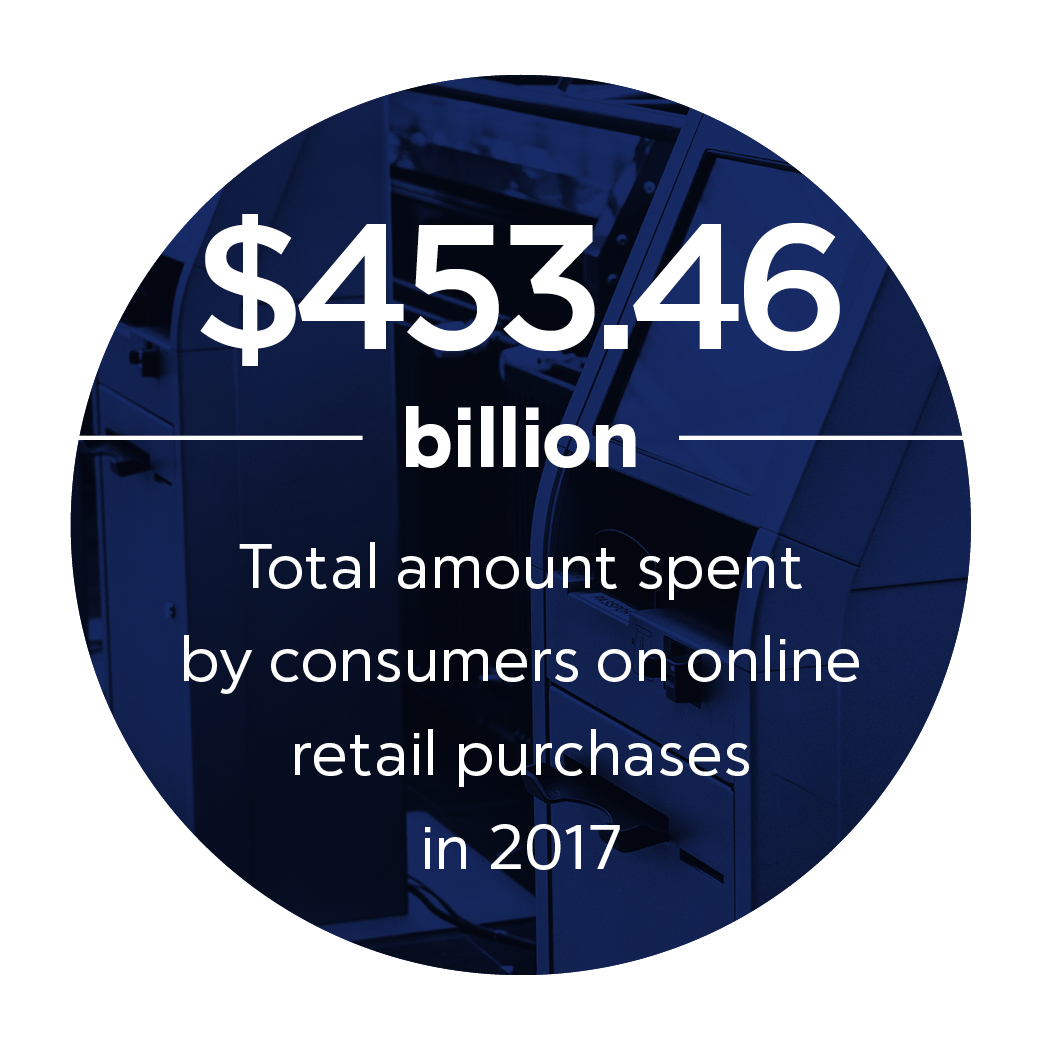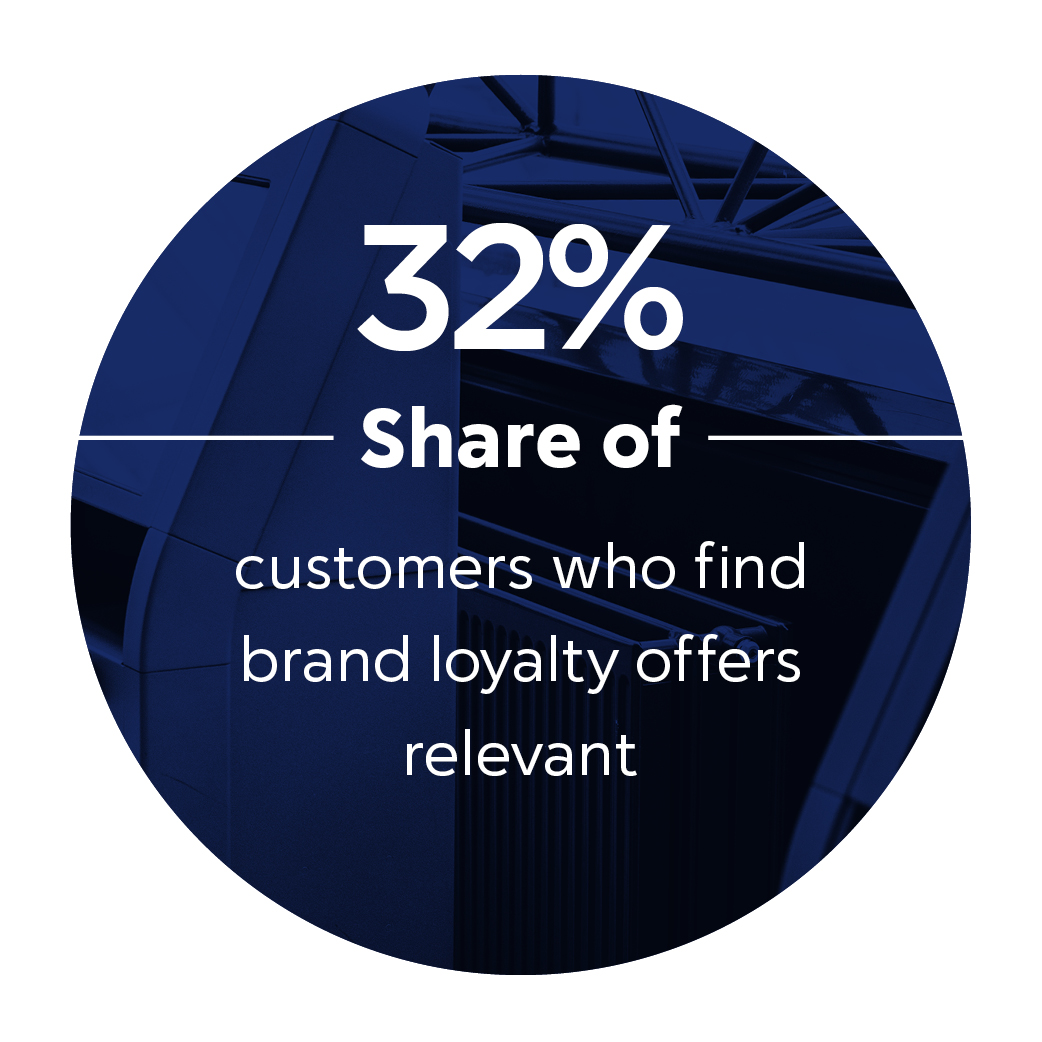NEW REPORT: How Connected Retailers Connect With Consumers
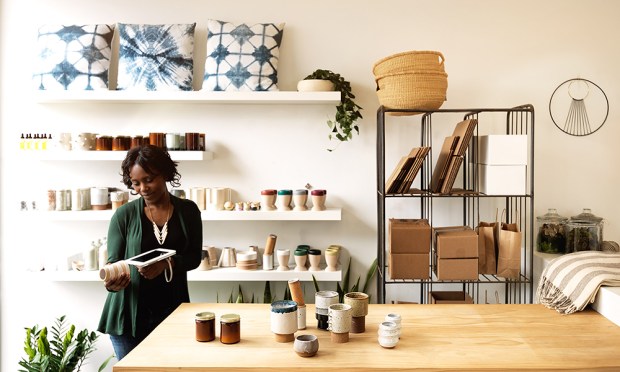
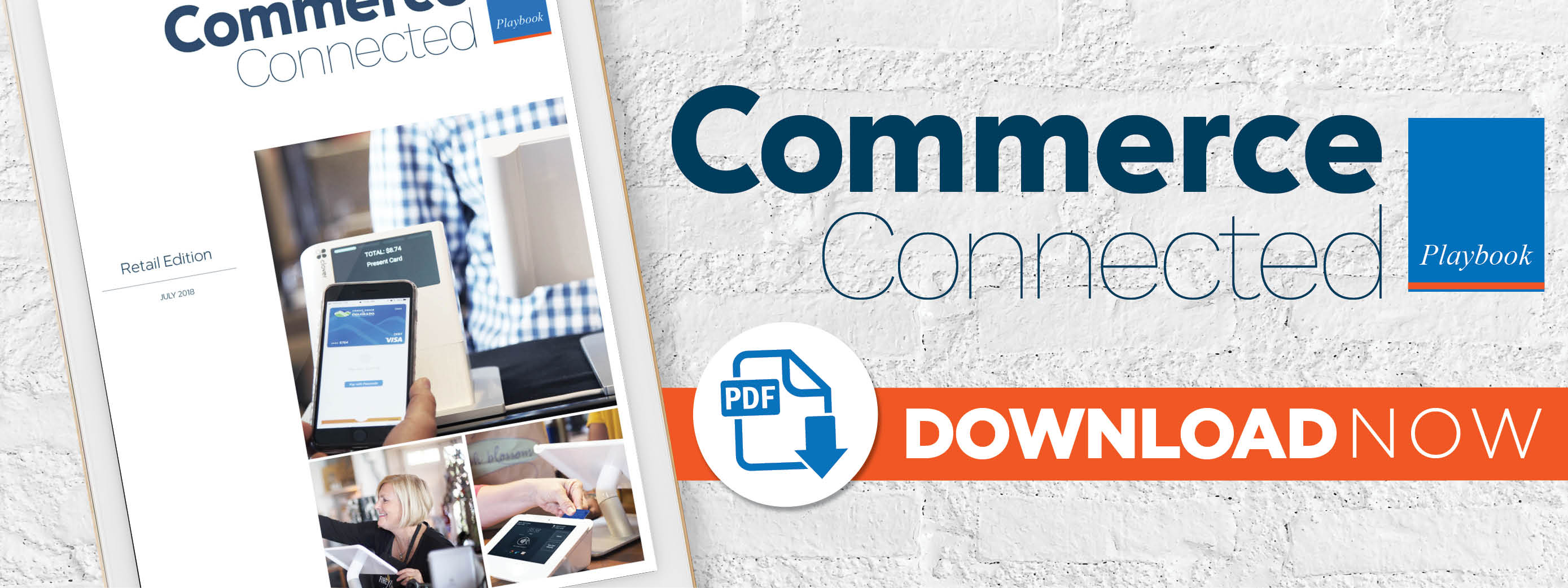 The retail landscape is changing — and fast. Strategies that turned merchants into winners in the past largely fail to resonate with modern consumers, who expect to be able to buy the products from their favorite stores whenever and however they want.
The retail landscape is changing — and fast. Strategies that turned merchants into winners in the past largely fail to resonate with modern consumers, who expect to be able to buy the products from their favorite stores whenever and however they want.
In response, merchants are working to improve delivery speeds, ease of payments and an improved overall user experience. Add it all up, and consumers spent a total of $453.46 billion on online purchases in 2017.
Digital spending is expected to grow, as an increasing amount of retail spend is now being completed away from physical retail stores. What’s more, consumers are spending more money using more devices than ever before, from artificial intelligence-enabled speakers to smartwatches and other connected, wearable devices.
So how can retailers keep pace with these quickly shifting retail trends?
That’s the question the Commerce Connected Playbook hopes to answer. The Playbook is designed to give readers an overview of the latest developments, data and trends from around the online and connected retail space.
And, as can be seen on the pages of this inaugural Playbook, merchants are putting their faith (and funding) in a range of new retail strategies and technologies.
Some, like Walmart, are looking to give consumers more choices when it comes to ordering and receiving products. The company recently announced its Jetblack program, designed to enable customers to place orders by text – not only for products from Walmart.com, but also from the websites of rival retailers.
Other merchants seem to be attracted to the allure of mobile commerce. Clothing and accessory brand Lilly Pulitzer, for one, recently added mobile checkout capabilities to its In The Pink brick-and-mortar stores, and reportedly saw a nearly 25 percent increase in sales within the first 11 days of launch.
Meanwhile, some other retailers aren’t just introducing new payment and ordering methods, but are overhauling their entire store design. Nordstrom, for instance, is experimenting with smaller brick-and-mortar stores.
The company recently reduced the size of its flagship location in California and introduced in-store specialists to offer luxury services such as shopping guides, manicures and even glasses of wine as part of a new program, all in hopes of luring more in-store customers.
But just because a retailer is rolling out new efforts to draw in shoppers doesn’t mean they will be successful. In the inaugural Playbook, PYMNTS examines which connected commerce offerings most often find success – and which don’t.
Luxury Retail’s Rebound
One sector that has seen plenty of success stories as of late is the luxury retail industry.
Luxury retail spending has made a strong return in recent months, climbing by 3.8 percent overall, year-over-year. Brick-and-mortar sales have been no small part of that turnaround, improving by 2.8 percent as of Q1 2018. That physical retail location growth was boosted by luxury retailers’ efforts to encourage shoppers to visit brick-and-mortar businesses, such as with exclusive products only available at certain store locations.
However, eCommerce saw even larger growth, with spend increasing by 8.2 percent year-over-year. Brands that sell women’s accessories and specialty items online led the way among luxury eTailers in Q1 2018. This category boosted a rebound in luxury online shoe sales, which actually showed a decline in year-over-year spending.
This month’s Commerce Connected Playbook Deep Dive explores the world of luxury retail, and why the segment has been making a particularly strong comeback in recent months.
To find more news, insights and trends from around the world of Commerce Connected, check out the new Playbook.
About the Playbook
The PYMNTS Commerce Connected series, in partnership with First Data, now Fiserv, is designed to give readers an overview of the latest developments, data and trends from around the connected commerce space. Each issue of the Playbook will cover the major news and trends from connected commerce players, and will include a data-driven deep dive into various retail segments and industries.
